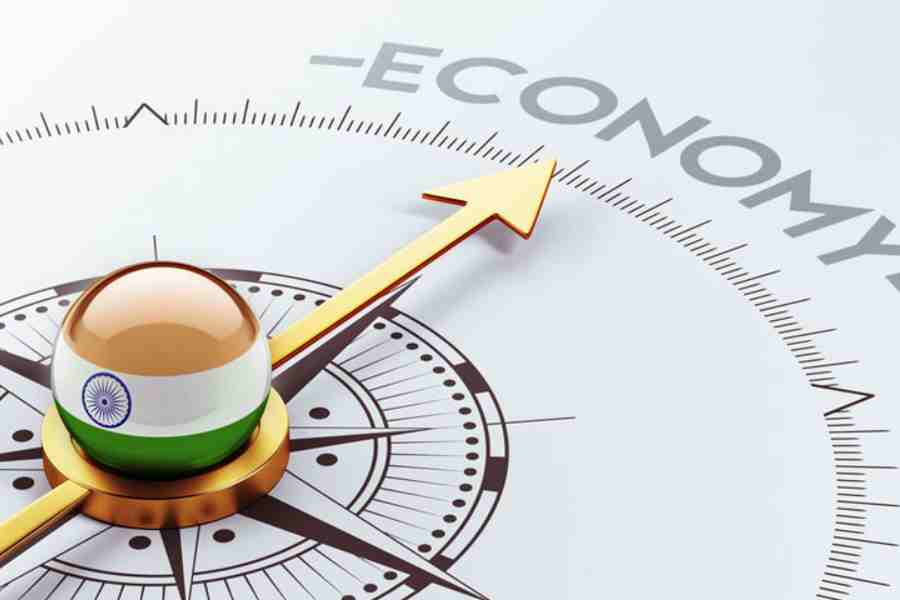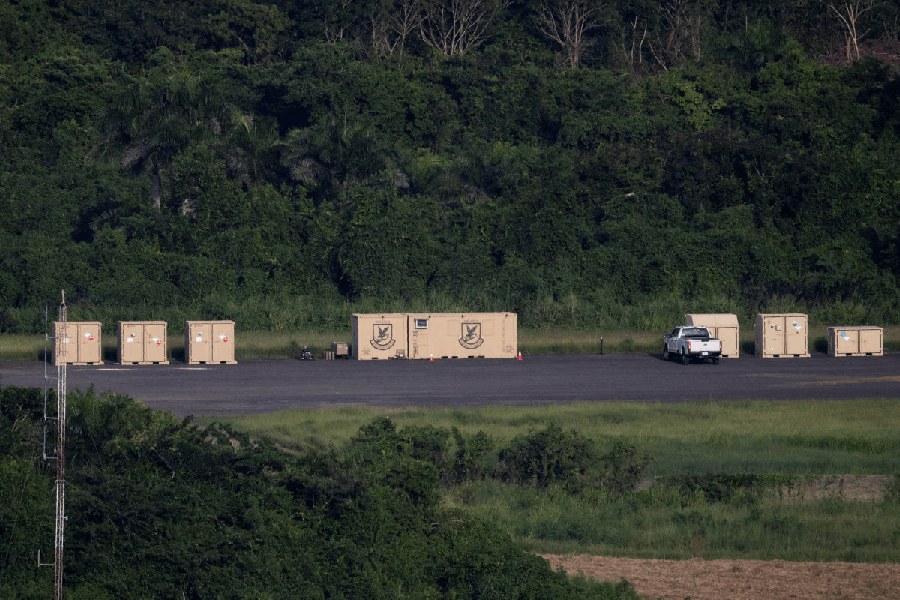During a long ride on an expressway there is normally no expectations of encountering a speed breaker. In the event there is one, it takes some adjustments to the pace of the travel. Apart from the data indicators through the year, the Economic Survey 2025 gives enough evidence of a speed breaker that we face as a nation. Of course this has to be read in the context of the unprecedented challenges of the global political and economic environment.
A few quick comments on the Economic Survey 2025. To me, this year’s Survey is a grounded, realistic and professional assessment of the state of the nation, the real challenges for us as a country and the opportunities for a better and inclusive future. The realism that capex growth has slowed down, manufacturing growth and exports hasn’t picked up due to a variety of reasons, the challenges of rising China’s exports due to domestic overcapacity and the impact of a stronger dollar on the global economy are all well articulated.
The survey lays the ground for big policy reforms and urges the government to de-regulate further primarily through a policy framework that creates the opportunity to facilitate the growth of private capital investments.
In a world that the well known political analyst Ian Bremmer describes as going through “geopolitical recession” and besotted with uncertainties, fragilities and vulnerabilities, India truly stands out with the highest underlying potential for multi-decadal growth. Yet we have to navigate the uncertainties to stay on course to deliver the growth between 6.2 and 6.8 per cent growth for the next financial year as the Survey suggests.
It is well established that India’s growth story for the next decade will be on the twin foundation of infrastructure growth and consumption story of its large population.
The focus of the government, therefore, lies in accelerating domestic growth and infrastructure development including private sector capex, leverage the consumption leverage of the middle class especially the salaried people and continue the focus on the long-term vision of development through investments in technology, decriminalisation of the archaic regulations and easing the life of individuals and businesses through regulatory modernisation. As a corollary, the policy framework has to provide support to promote demotic private capital investments and protect the domestic industries against unfair imports.
Therefore, the big read for me from the budget is the continuing allocation of ₹11.2 lakh crore on capital expenditure and the sharp rationalisation of the income tax levels for the salaried middle class to facilitate consumption spending. By forgoing more than ₹1 lakh crore of revenues, the government has made it clear that it is betting big on the consumption story of India.
There are two other thematic points that stand out. First, focusing on strengthening the foundations of the economy for the long term be it the agricultural expansion schemes, focusing on energy security including small modular nuclear energy, technology and start up funding and medical education amongst others.
Second, a fair part of the announcements were focused on rationalising the economic costs of day-to-day lives of people and bringing in systemic efficiencies that will make the country a better and easier place to live in.
The budget announcement also acknowledged the constraints of capital and credit availability for the Small Micro and Medium Enterprises in the country. The fiscal deficit at 4.8 per cent was expected and the target of 4.4 per cent is not unrealistic especially if the asset monetisation and disinvestment targets are met. World over, the focus on addressing inequality and improving the lives of the citizens are now the highest priority of the governments. This budget provides an elegant approach to address these issues and is designed to meet the moment.
- Koushik Chatterjee is executive director & chief- financial officer, Tata Steel










